20 Foods You Should Avoid Reheating in the Microwave


Microwaving food is so common that many people don’t think about the possible risks to health, texture, and taste. But some common foods can lose flavor or even become unsafe when heated this fast.
Research shows that foods like chicken and rice may keep harmful bacteria if not heated all the way through, which can cause food poisoning. A recent study found that 1 in 6 Americans gets food poisoning each year, and 128,000 end up in the hospital.
Not all foods work well in the microwave; some become tough, lose taste, or allow bacteria to grow, making your quick meal risky.
This article will share 20 foods you should avoid putting in the microwave and explain why they may turn bad or unsafe. You will learn how reheating changes these foods, tips for safer ways to warm them, and how to keep their flavor and texture.
Do you know which foods can be unsafe to heat again? Keep reading to check if your favorite leftovers are on the list. And feel free to leave a comment if one of your favorites appears!
Mushrooms

Mushrooms have proteins and enzymes that break down quickly, especially after cooking. When you warm them again in a microwave, mushrooms can lose taste and turn rubbery. Microwaving can also make bacteria grow faster in cooked mushrooms, which can be unsafe.
To keep their taste and texture, it’s better to warm mushrooms on the stove or in the oven, where the heat spreads more evenly.
Chicken
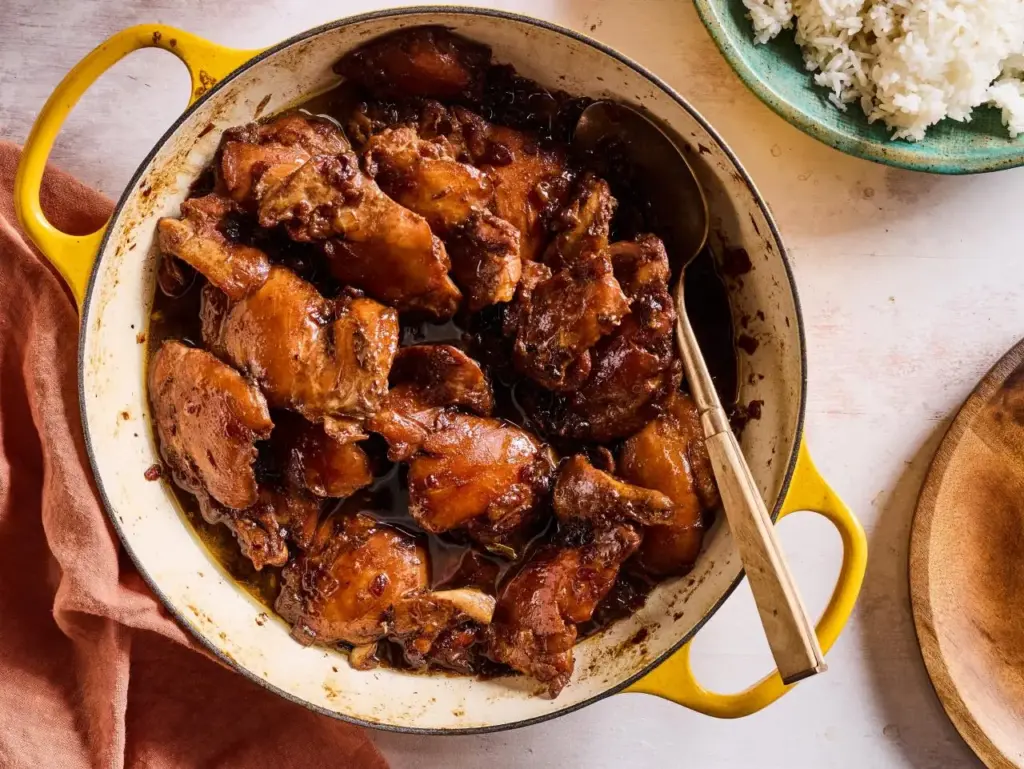
Reheating chicken in the microwave can lead to uneven heating, leaving cold spots. Cold spots allow bacteria like salmonella to survive, posing a risk of foodborne illness. Microwaving also alters chicken’s protein structure, resulting in a rubbery texture that ruins its appeal.
Microwaving also causes dried-out chicken, which becomes tough and hard to chew. To safely reheat, use an oven to ensure consistent, thorough heating and better texture.
Pasta with Cream or Oil-Based Sauces

Pasta with cream or oil sauces often falls apart when warmed up in the microwave, leading to a greasy and unpleasant texture. The strong heat from the microwave breaks down these sauces, making them watery or lumpy.
Microwaving also changes the pasta, often making it soft and mushy. It’s better to warm pasta and sauce on the stove, stirring gently to restore a smooth and tasty texture.
Potatoes

Microwaving leftover potatoes can create a breeding ground for botulism if they weren’t stored properly. The microwave may not kill these bacteria, putting you at risk. Potatoes stored in foil create an anaerobic environment that encourages bacterial growth, which microwaving won’t fix.
Also, potatoes lose moisture in the microwave, leaving them dry and tasteless. Instead, reheat potatoes in the oven to retain flavor and texture.
Seafood

Microwaving seafood can cause a strong fishy smell because fats and oils break down. This smell stays and changes how the seafood tastes. Also, microwaving can make soft fish dry and tough.
Microwaves can heat seafood unevenly, leaving cold spots where bacteria might stay. It is better to warm seafood in the oven for even heat and a better taste.
Leafy Greens

Leafy greens like spinach and kale contain high amounts of nitrates, which can turn harmful when reheated in the microwave. The microwave can convert these nitrates into nitrosamines, compounds that have been linked to certain cancers, but the risk remains low.
Additionally, leafy greens tend to wilt and lose texture in the microwave, making them unappealing. If reheating is necessary, it’s safer to use a stovetop method to warm them slowly.
Fried Foods

Fried foods lose their crunch in the microwave because the strong heat makes the crispy coating soft and wet. Microwaves do not move air around, so they cannot make food crispy like an oven can.
Also, the oil in fried food can go bad when heated this way, causing bad tastes. To get the best results, warm fried food in an oven to bring back its crispiness.
Hard-Boiled Eggs

Reheating hard-boiled eggs in the microwave can result in explosive messes. The moisture inside the yolk creates steam, which builds pressure until the egg bursts, sometimes after you take it out of the microwave. This creates both a safety hazard and a messy kitchen.
Even if it doesn’t explode, microwaved hard-boiled eggs often end up rubbery. It’s best to reheat these by peeling and warming them briefly in hot water.
 If you like what you are reading, then click like and subscribe to my newsletter. We share tips to waste less time and money.
If you like what you are reading, then click like and subscribe to my newsletter. We share tips to waste less time and money.
Bacon

Microwaving bacon can cause uneven cooking, with some spots not cooked enough and others too hot. This makes the bacon less enjoyable to eat. The microwave can also make bacon very greasy because it cooks too fast.
Instead, heat bacon in the oven for steady cooking. This keeps its texture and drains extra grease for a better taste.
Sauced or Dressed Salads
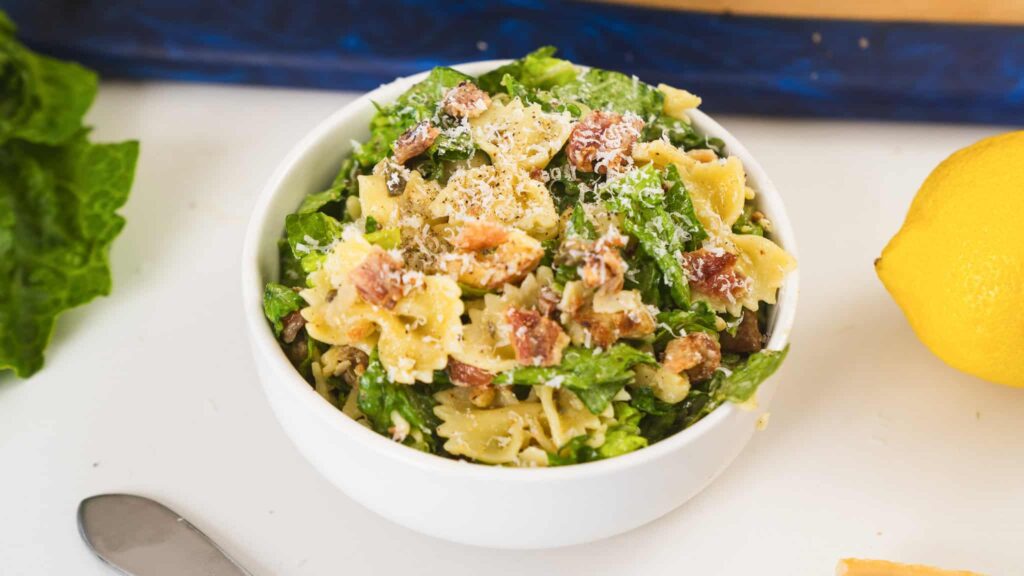
Microwaving salads with dressing, especially creamy ones, can separate the oils and curdle dairy-based dressings. The intense microwave heat ruins the consistency of the dressing, leaving it unappetizing.
The lettuce or other greens wilt quickly in the microwave, making them soggy. For warm salads, keep the dressing cold and reheat only the non-leafy ingredients separately.
Tofu

Heating tofu in the microwave can make it rubbery or soft, which is not pleasant to eat. The microwave heats tofu unevenly and dries it out, changing how it tastes and feels.
To keep the tofu’s good texture, warm it on the stove where you can watch the heat better. This helps keep the tofu’s original taste and feel.
Microwaving is quick but not always the best choice for some foods. Heating food gently helps you enjoy your meal safely and keeps the flavor.
Bread

Microwaving bread usually leads to a chewy, rubbery texture because the heat dries out the bread too quickly. The microwave alters the starch molecules, resulting in a tough texture that makes the bread nearly inedible.
If you need to warm up bread, use a toaster or an oven to keep it soft and enjoyable. This method retains moisture while adding just the right amount of warmth.
Pizza

Reheating pizza in the microwave can make it tough, especially the crust, which often feels chewy. The microwave’s strong heat makes the water in the pizza heat up unevenly, hurting the texture and taste.
To enjoy your pizza more, warm it in an oven or on the stove. This brings back a crunchy crust and keeps the toppings tasty.
Steak

Reheating steak in the microwave often leads to a tough, chewy texture as the microwave cooks it too quickly. The high heat can overcook parts of the steak while leaving other sections cold, which ruins the dish.
Microwave reheating also drains moisture, making steak dry and tasteless. To keep steak tender and juicy, reheat it in a skillet over low heat.
Honey
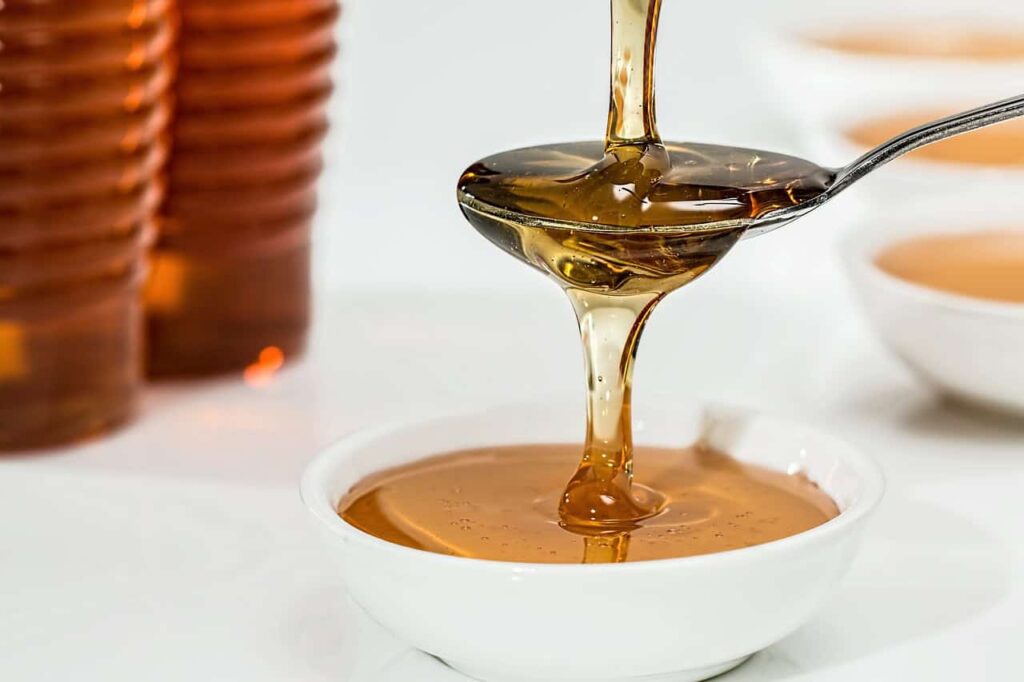
Heating honey in the microwave can change its taste and feel, making it unpleasant. The heat makes honey caramelize or form crystals, which changes its smooth texture. It might even burn, causing a bitter flavor.
Besides the texture, too much heat can ruin honey’s healthy enzymes and antioxidants. Instead of using the microwave, warm honey slowly in a bowl of hot water to keep its good qualities.
Fresh Herbs
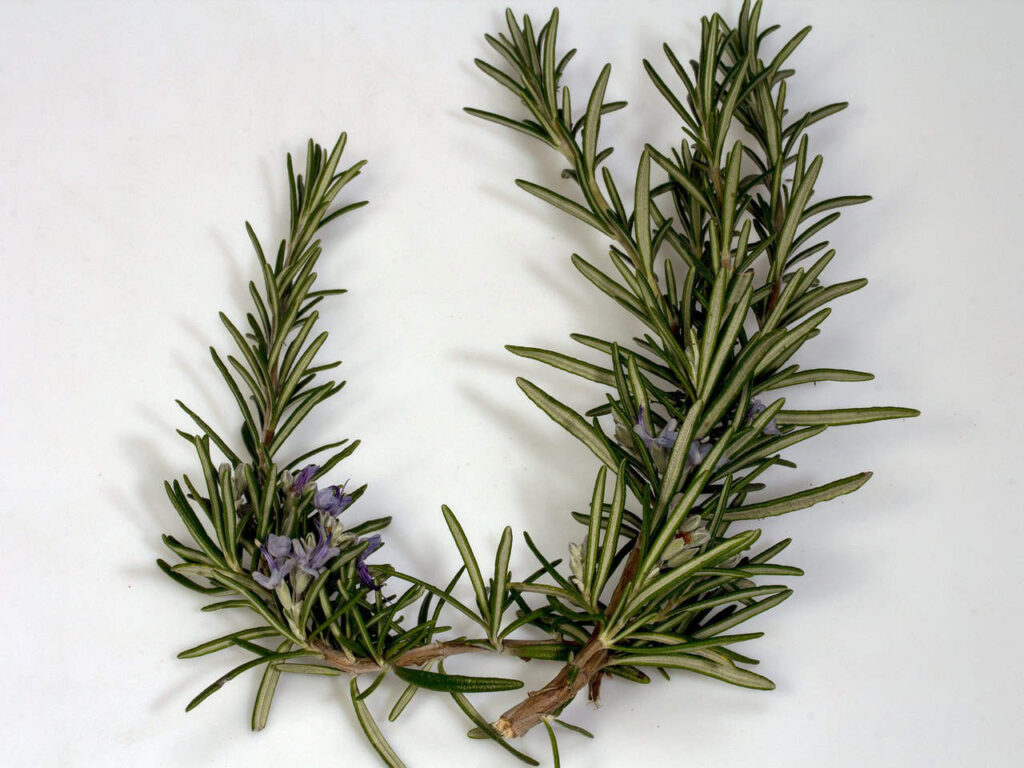
Microwaving fresh herbs like basil and parsley causes them to wilt and lose their vibrant flavor. The high heat dries them out quickly, leaving you with an unappealing, brittle garnish. Their delicate oils evaporate, reducing both taste and aroma.
If you need to reheat a dish with herbs, add them afterward. Fresh herbs work best when stirred in at the end for maximum freshness.
 If you like what you are reading, then click like and subscribe to my newsletter. We share tips to waste less time and money.
If you like what you are reading, then click like and subscribe to my newsletter. We share tips to waste less time and money.
Sour Cream
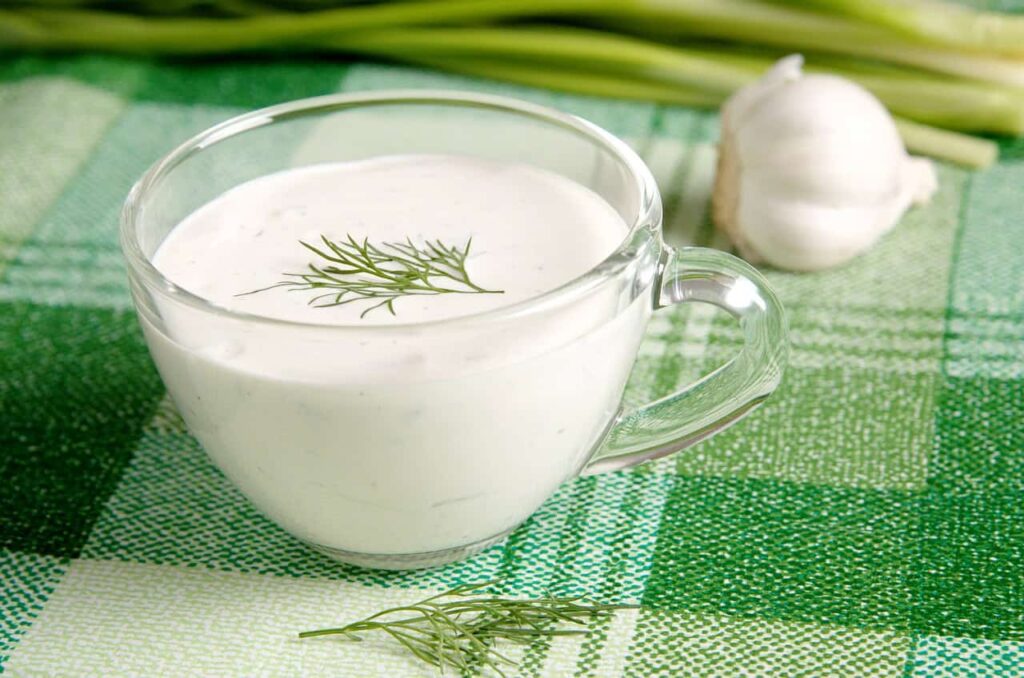
Microwaving sour cream usually causes it to curdle, breaking apart its milk proteins and making it grainy. The strong heat spoils the cream’s smooth feel, creating an unpleasant texture. It also changes the flavor, making sour cream more sour.
If you want warm sour cream, add it after heating the dish and stir it in. This keeps it creamy and makes your food better without the chance of curdling.
Peanut Butter

Heating peanut butter in the microwave can lead to uneven consistency, with parts becoming too thin. The oils in peanut butter separate under high heat, creating an oily, unappetizing texture. This not only affects flavor but also makes it difficult to spread.
If you need to soften peanut butter, try placing the jar in warm water instead. This keeps the texture creamy and smooth without compromising taste.
Gelatin-Based Desserts
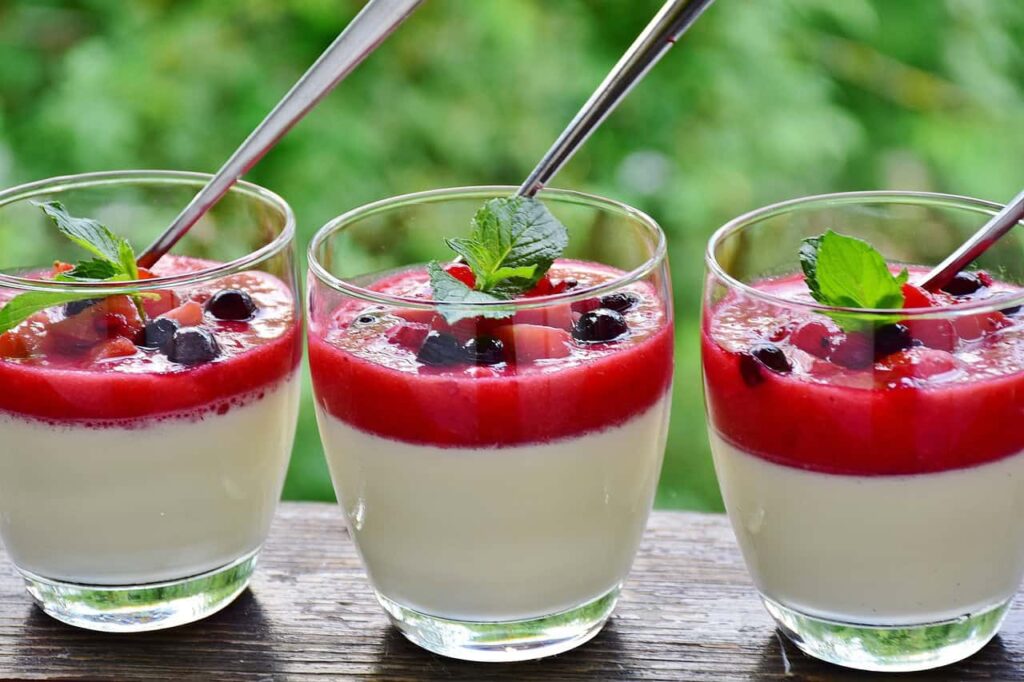
Gelatin desserts like jelly or panna cotta lose shape in the microwave because they melt quickly. The strong heat makes the gelatin unstable, so it turns into liquid or gets lumpy. This spoils the texture and makes it hard to fix.
To keep them good, serve these desserts cold or at room temperature. They hold their form best when not heated directly.
Apples

Microwaving apples, especially when cut into slices, can make them mushy and take away their crunch. Apples dry out fast in the microwave, which makes them soft and not nice to eat. This also changes their sweet taste and smell.
If you want warm apples, cook them slowly on the stove with a little water. This way, they get soft but don’t become soggy.
Keep Your Leftovers Safe and Tasty

Reheating leftovers can be quick and simple, but using a microwave is not always the best way. Foods like rice, chicken, and leafy greens may lose taste, texture, and sometimes safety.
Microwaves may seem easy, but they often heat food unevenly, leaving cold spots where germs can stay alive. For better flavor and safety, try warming food on the stove or in the oven.
These methods heat food evenly and keep moisture, taste, and texture. Spending a few more minutes can make sure your meal is safe and tasty. Knowing which foods don’t heat well in a microwave helps protect your health and makes your meals better.
When you warm food properly, you keep your family healthy and make leftovers taste as good as they did the first time. Remember these tips to enjoy your leftovers safely and with great flavor.
 If you like what you just read, then subscribe to my newsletter.
If you like what you just read, then subscribe to my newsletter.
- Stock Up! 25 Essential Foods Every Pantry Must Have
- 29 Unhealthy Snacks You (and Your Kids) Should Stop Eating Now
AI was used for light editing, formatting, and readability. But a human (me!) wrote and edited this.





